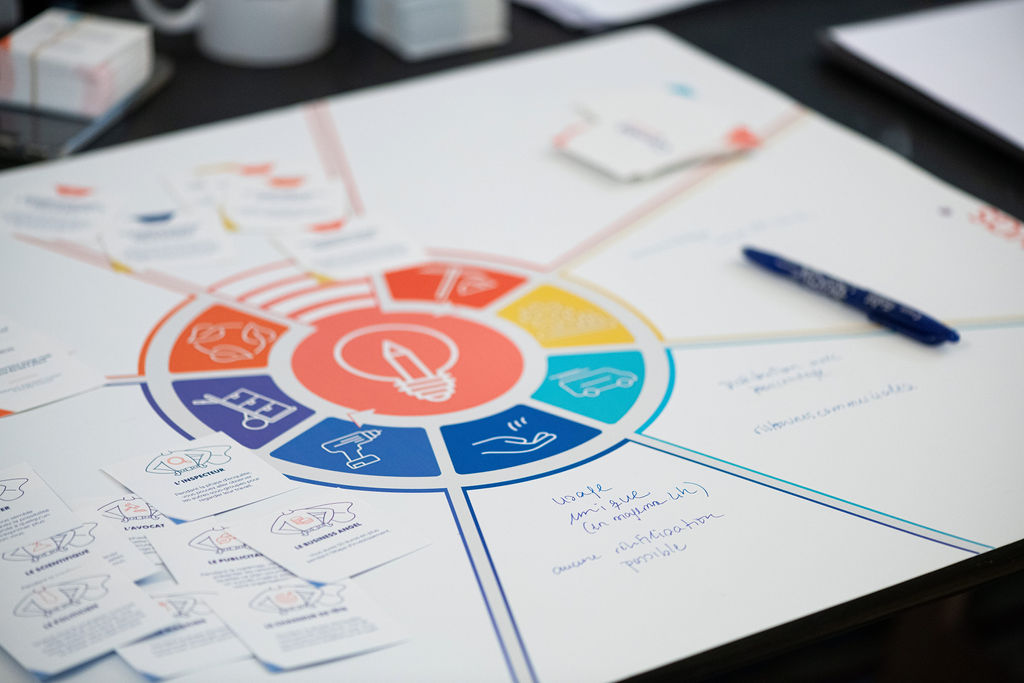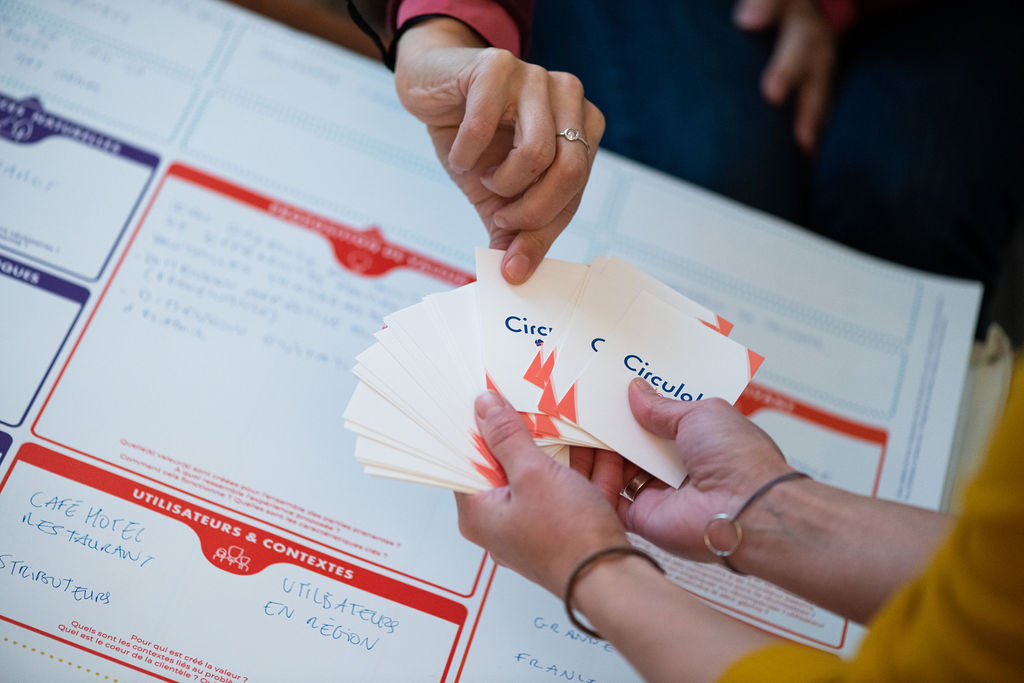The Value Chain in the Circular Economy: A lever for business innovation and performance
What is the meaning of a Circular Economy?
The circular economy is a new economic model aimed at breaking away from the traditional linear model of production and consumption. Unlike the latter, which is based on the extraction of raw materials, production, consumption, and ultimately waste disposal, the circular economy focuses on the reuse, repair, recycling, and valorization of resources.
It operates under a virtuous cycle logic, where waste becomes resources for new products. This economic model is based on three principles: resource preservation, value creation, and waste reduction.

The Value Chain in the Circular Economy: An essential tool for businesses
In this context, the value chain is a key tool for companies wishing to engage in the circular economy. It allows the visualization and analysis of all the production stages of a product, from the extraction of raw materials to its end of life. By using this model, companies can identify opportunities for innovation and value creation by focusing on the different stages of the value chain.
The value chain in the circular economy is also a means to rethink the design of products and services by integrating sustainability and reusability criteria from the start. It encourages companies to adopt a responsible approach, taking into account all the environmental and social impacts of their activities.
The Circular Business Model Canvas: A tool to Integrate Circular Economy into your business model
The Circular Canvas is a tool and a method developed by Circulab, a company specializing in supporting businesses towards the circular economy. This model is based on the Business Model Canvas, a strategic management tool that allows for the visualization and structuring of the different elements of an economic model. The Circular Canvas incorporates circular economy principles into the different components of the economic model.

The Circular Business Model Canvas consists of 9 blocks: customers, value proposition, distribution channels, customer relationships, revenue streams, key resources, key activities, key partners, and costs. By integrating circular economy principles into each of these blocks, businesses can rethink their economic model in a responsible and sustainable way.
The Value Chain in the Circular Economy: A lever for innovation and business performance
Implementing a value chain in the circular economy can bring numerous benefits to businesses. Firstly, it allows cost reduction by promoting the reuse and recycling of resources and reducing raw material losses. It can also be a source of innovation by encouraging businesses to rethink their products and services to make them more sustainable and responsible. Finally, by adopting a circular approach, companies can strengthen their brand image and meet the growing consumer expectations for sustainable development.
Moreover, the value chain in the circular economy can have a positive impact on the environment by reducing the use of natural resources and limiting waste production. It can also contribute to job creation and local economic development by promoting the establishment of reuse and recycling industries.
In summary, circular economy in a value chain is essential for companies wishing to engage in a sustainable development and innovation approach. It enables the identification of opportunities for value creation and cost reduction, while addressing current environmental and social challenges.
The Circular Canvas is a complementary tool that allows the integration of circular economy principles into the entire business model of the company. By adopting a circular design approach, businesses can contribute to building a more sustainable and responsible world.
Want to know more?
To find out more about the circular economy, visit the Circulab blog and discover the sustainable innovation courses offered by the Circulab Academy.
